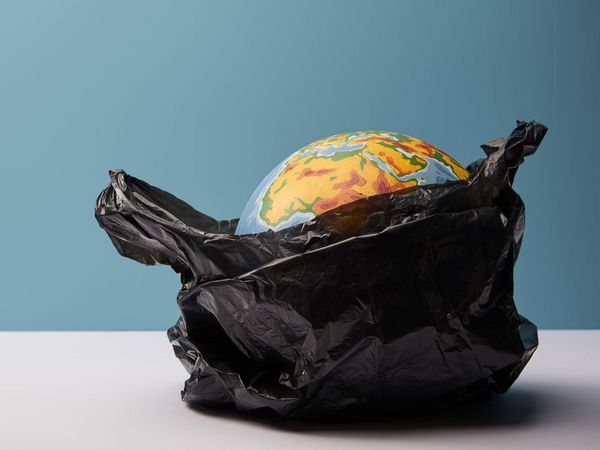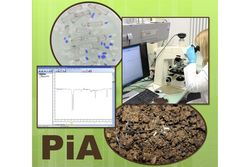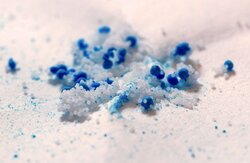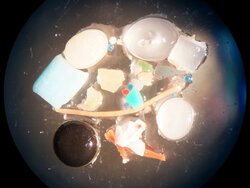Expertise
Plastic in the environment – a research topic at the Thünen Institute
Daniela Thomas, Ulrike Kammann | 20.04.2023
At the Thünen Institute, research is being conducted at several specialised institutes on the topic of "Plastics in the Environment". This involves the analysis of microplastics in soils, transport processes from soils via rivers into the sea and possible toxic effects of microplastics.

As part of two BMBF-funded collaborative projects, a research team at the Thünen Institute for Rural Studies was investigating the question of the spatial distribution of microplastics in two river basins (Weser and Warnow) as examples. The amounts of microplastics introduced into soils by agricultural practices were modeled in a spatially differentiated manner using the Regionalized Agricultural and Environmental Information System (RAUMIS). The results were incorporated into hydrological modeling to better estimate inputs from agriculture into the North Sea and Baltic Sea in the future.
In the „PiA“ project, scientists at the Thünen Institute for Agricultural Technology are investigating agricultural soils concerning their contamination with (micro)plastics. A new analytical laboratory has been set up for this purpose. Currently, methods for the analysis of soil samples for (micro)plastics are being developed. Different sampling and sample treatment methods are currently tested to determine particle type, amount, and shape. In addition, potential sources such as various organic fertilizers, e.g. compost, sewage sludge, etc., are examined for their plastic load.
The scientific work at the Thünen Institute consists of cooperation between various Thünen specialist institutes and the (inter)national research community. The overall objective is to record microplastic pollution beyond the boundaries of individual ecosystems. In addition, the possible toxic effect of microplastics on ecosystem-typical examples of organisms such as earthworms and fish will be investigated.









